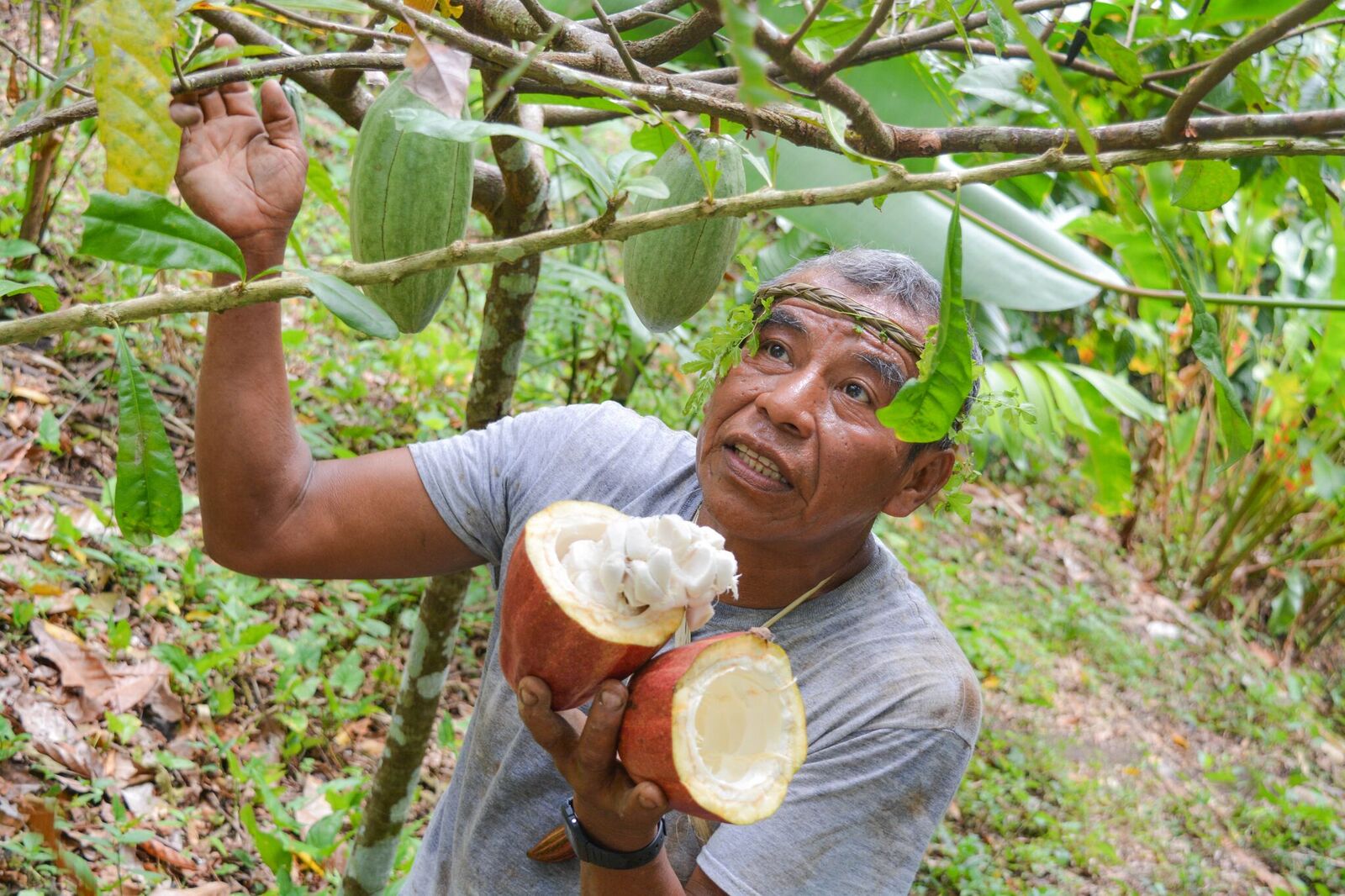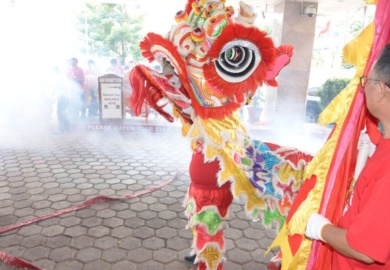By Froyla Tzalam
The Yucatek, the Mopan, and the Q’eqchi’ are the three Maya languages and groups you’ll find in Belize. Their largest communities are located in the Cayo, Toledo, and Orange Walk Districts. The Mopan and the Yucatek migrated from Mexico’s Yucatán peninsula around 1200 A.D. to the present-day Petén region of Guatemala, and their migration in the 1800s led to the current population in Belize. The Q’eqchi came from Alta Verapaz, in Guatemala. It’s estimated that during the Classic Period (A.D. 250 to 900), the height of this ancient civilization, Belize was home to at least two million Maya given the new data uncovered in the Petén earlier this year.
The Maya currently represent approximately 20,000 of Belize’s population of about 365,000, and they continue to preserve their roots in the face of globalization.
A shared culture
Land remains of utmost importance to the rural Maya—its bounty nourishes body and spirituality. The forest, its rivers, caves, and animals are intertwined in their diets, medicines, and stories. The Toledo District has the highest percentage of landowners, with thatched homes across approximately 38 villages.
All Belizean Maya enjoy a corn–based diet, which they mostly grow in their villages. The men are subsistence farmers, while their wives sell the agriculture surplus in markets around the country, along with their jippi jappa baskets—hand woven using a palm plant growing wild in the rainforest—and chocolate.
Northern Maya cuisine bears Hispanic influences; favorites include escabeche, pork pibil, chimole, and relleno. In the south, the soup known as kaldo’ (or caldo) is the dominant dish. Everything from gibnut, armadillo, smoked pork, and chicken can be made into a kaldo’. Other culinary delights include lancha—river fish, and/or ground mole innards wrapped in a waha leaf, cooked over coals—tomatoes and egg, the heart of the jippi jappa, and cohune palm cabbage. Handmade corn tortillas accompany all dishes. Kitchens still use a fire hearth, but also gas stoves, while shiny pots hang on walls—a hallmark of domestic pride.
Murals of the ancient Maya depict their musical prowess, performing on conch shells, drums, and flutes. Melodies like the possum’s song, about a fox catching chicken in the fowl coop, are still played on the harp and the marimba, instruments that came from Europe. The renowned Florencio Mes continues to regale local and international crowds with his harp; he turned 80 years old this year.
A changing world
But even Mr Mes would agree that change is happening fast in Belize’s Maya communities. While they once worked primarily as casual laborers in the agriculture sector, in citrus, cane, and banana plantations, tourism has become a major game changer. This economic prosperity has led to increased access to education and health care, but it has also increased the consumption of material goods, and the inequality between those in the service industry and those working the land.
The fahina—a form of communal labor and governance—is no longer a core activity due to large migrant populations, or because of religious differences. Assimilation into mainstream society thus remains one of the biggest threats to Maya culture, with consequences such as a decrease in native speakers, and the loss of community land.
A Maya reawakening
The good news is that technology has led to a proliferation of communication, information sharing, and indigenous consciousness. A Maya cultural revolution is happening. Grassroots cultural organizations are promoting “Being Maya,” as they work to preserve the music and language. There’s a sense that Belize’s first inhabitants have the opportunity to do things differently, and chart a future based on their worldview and their values. They’ve have shown considerable resiliency over the millennia, and it’s this same innovative Maya spirit that will help preserve their roots, and shape who they are for generations to come.


